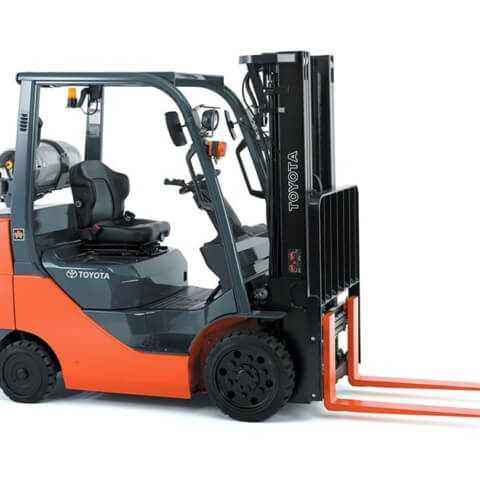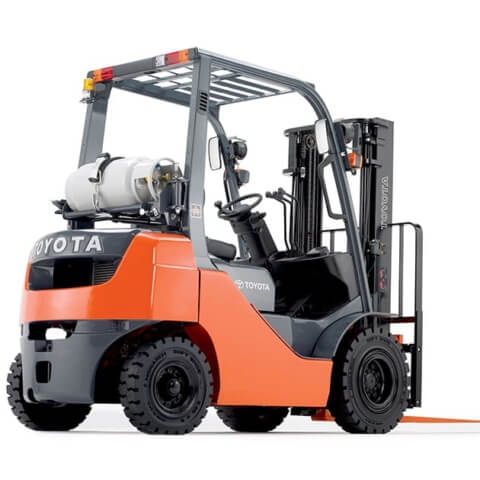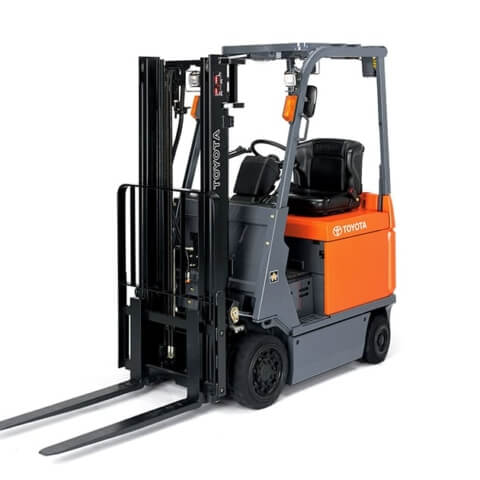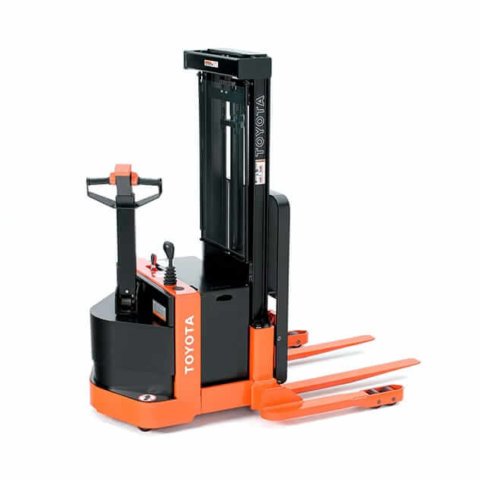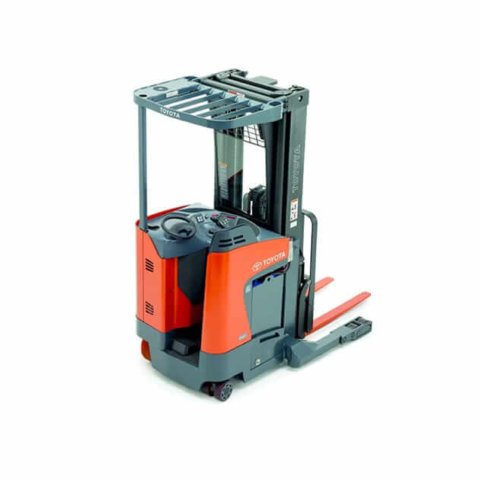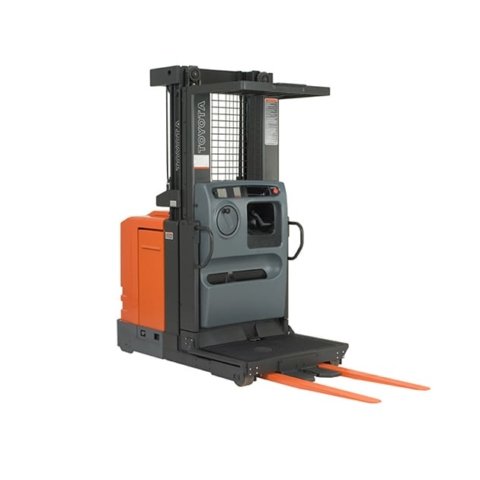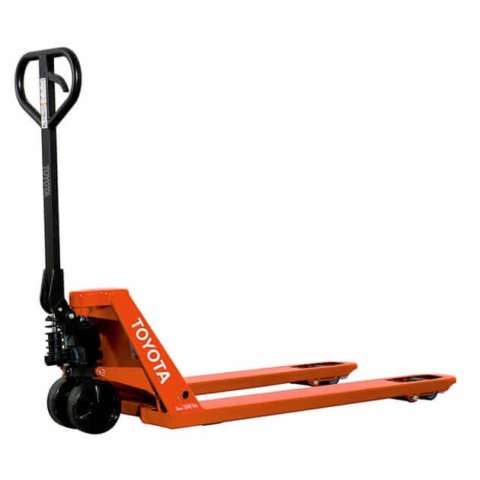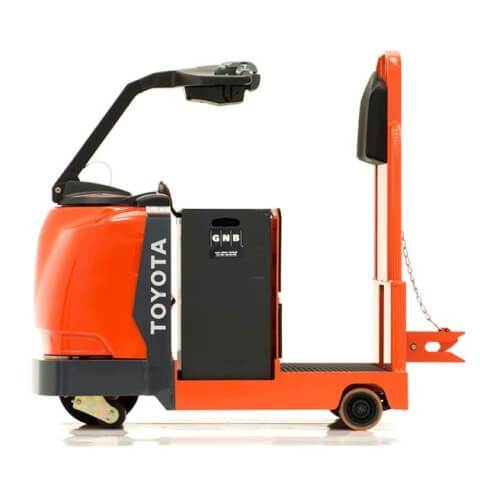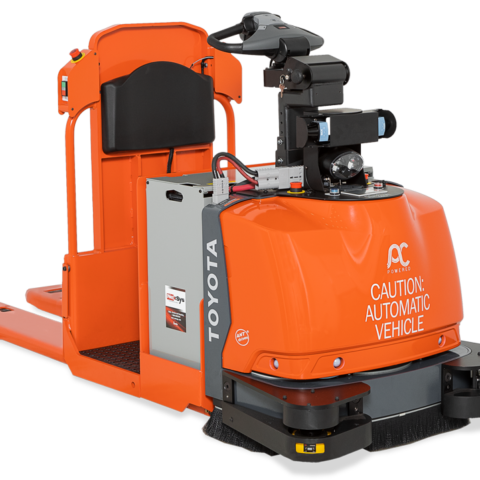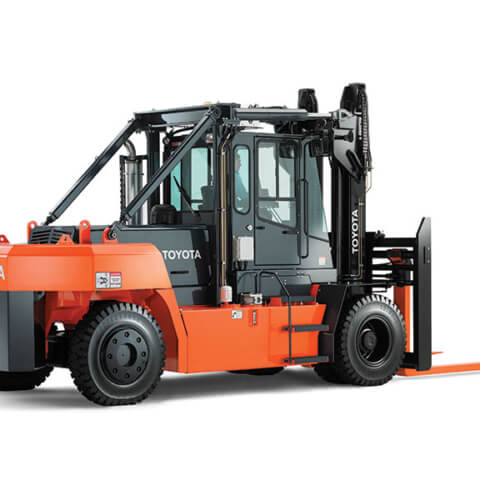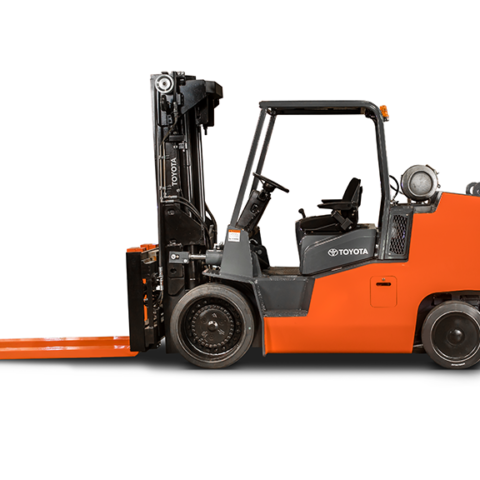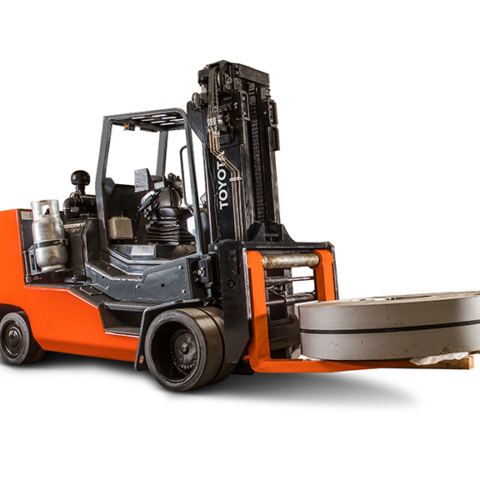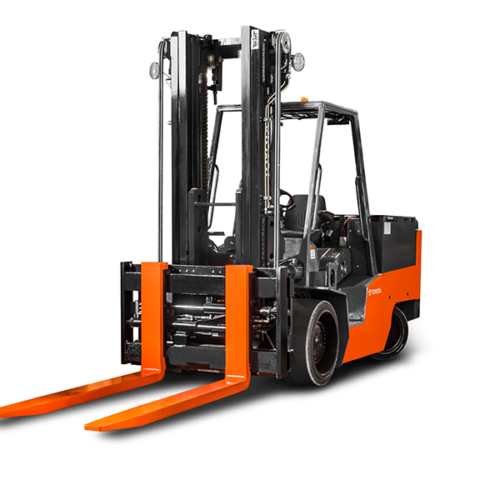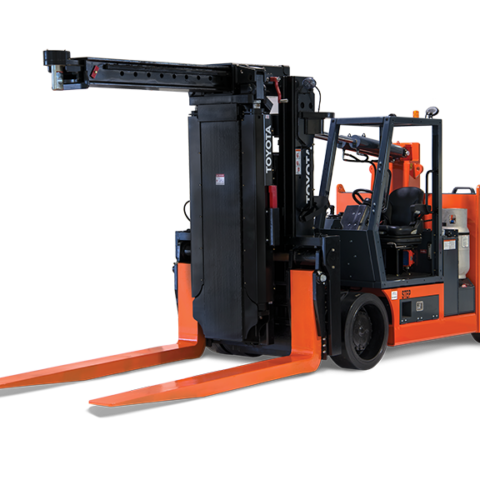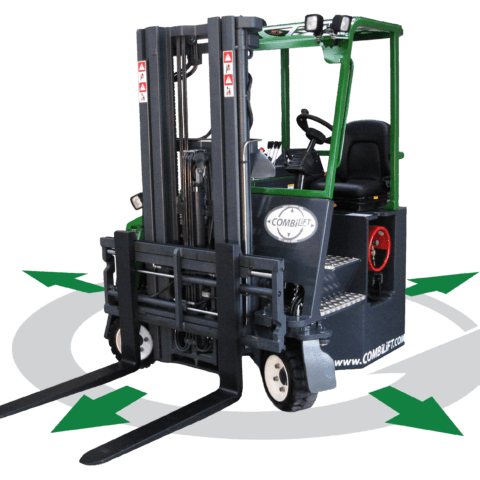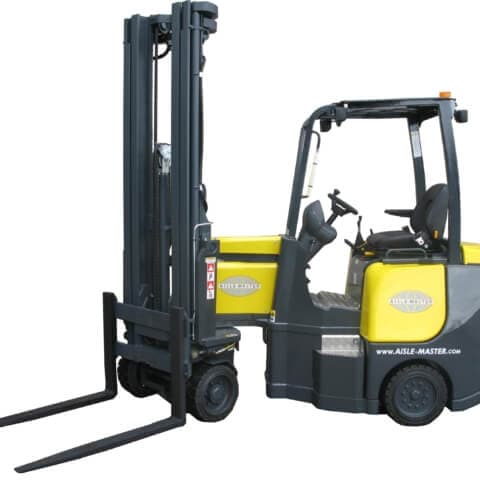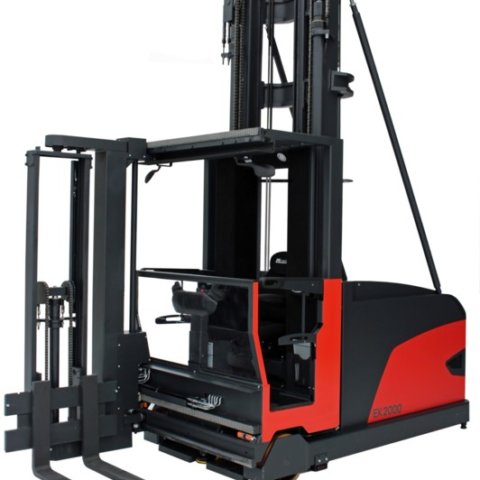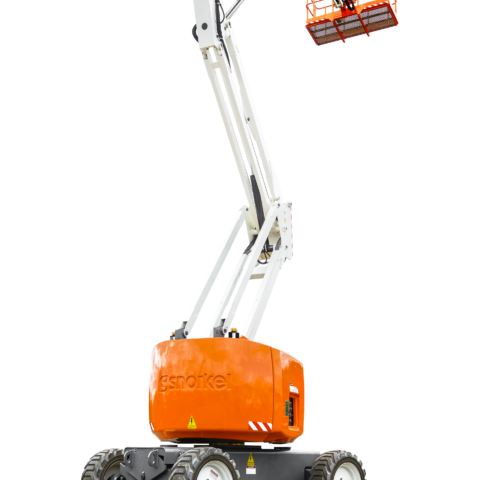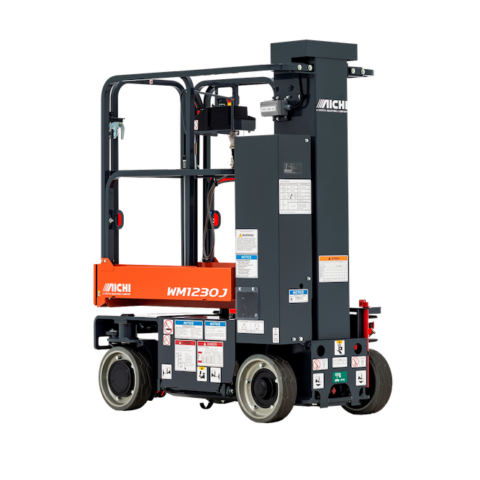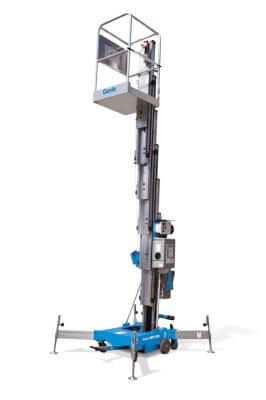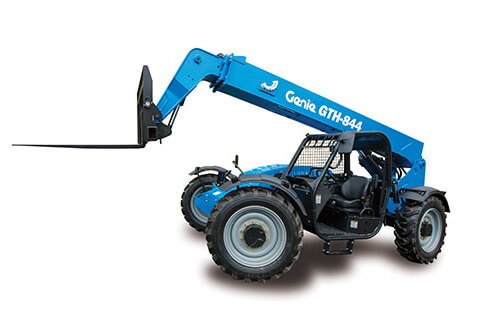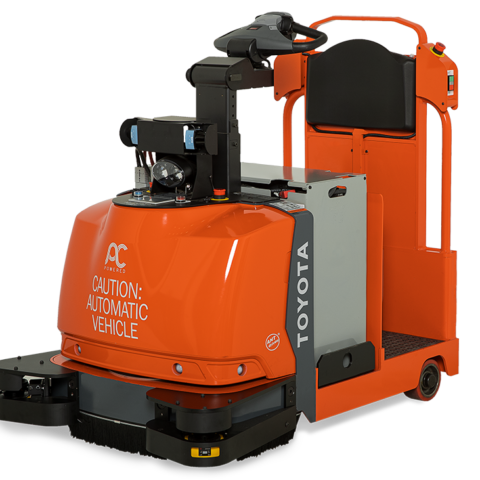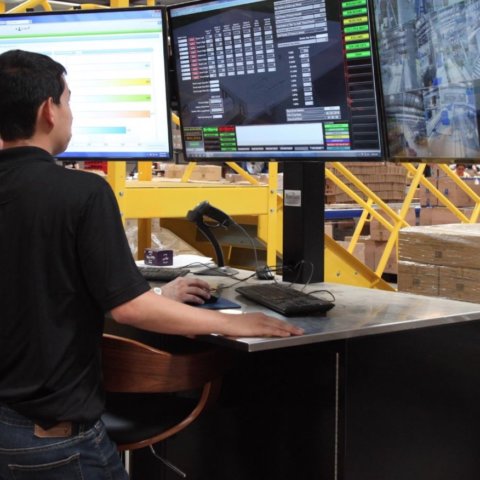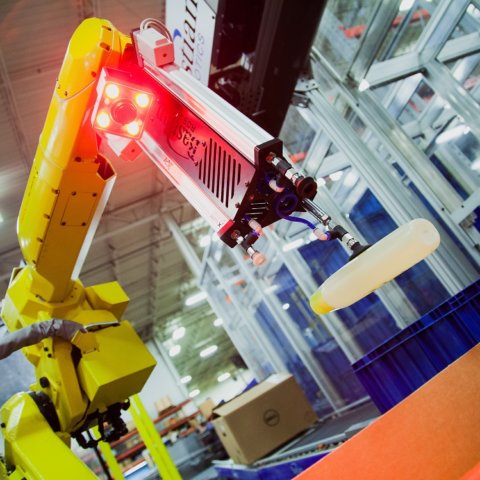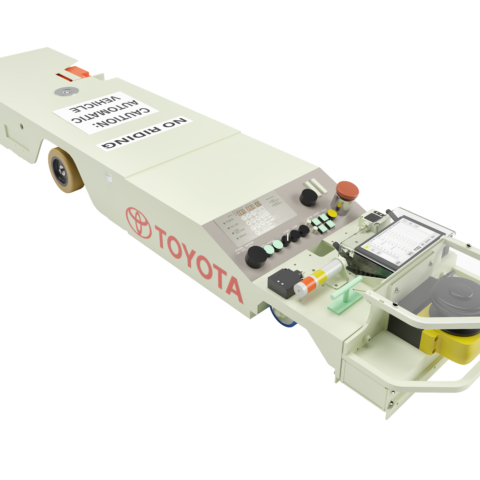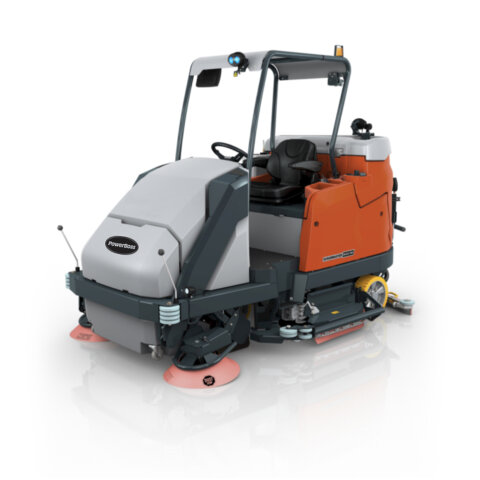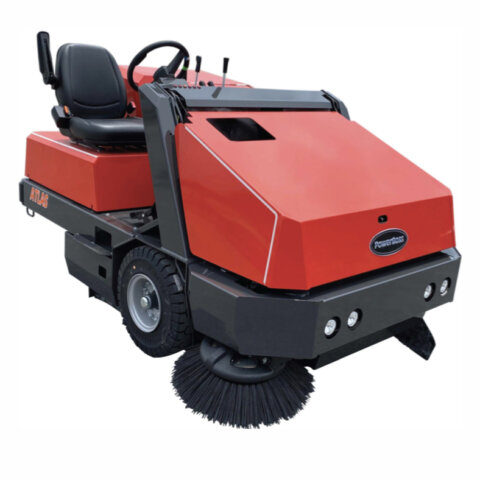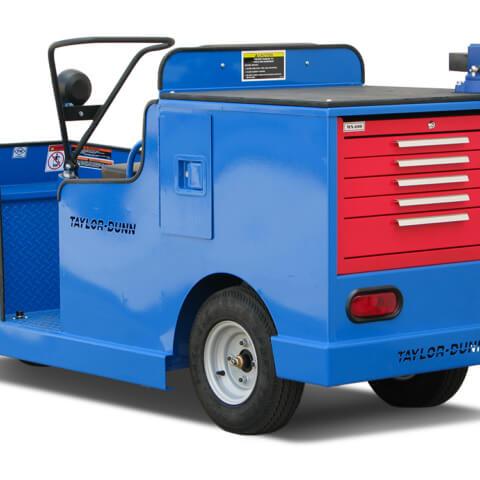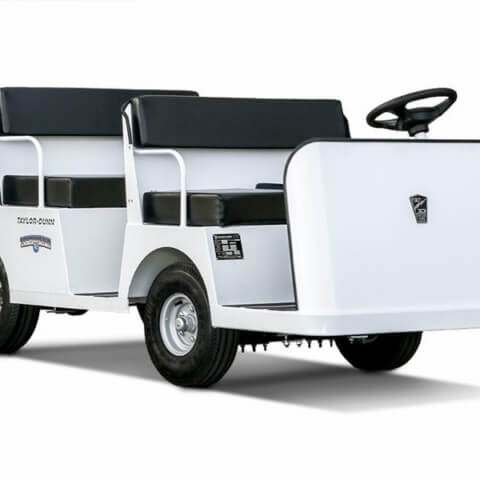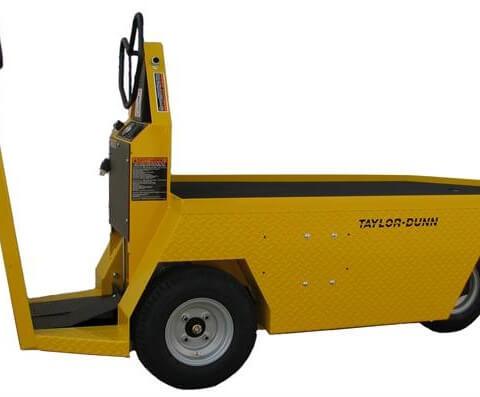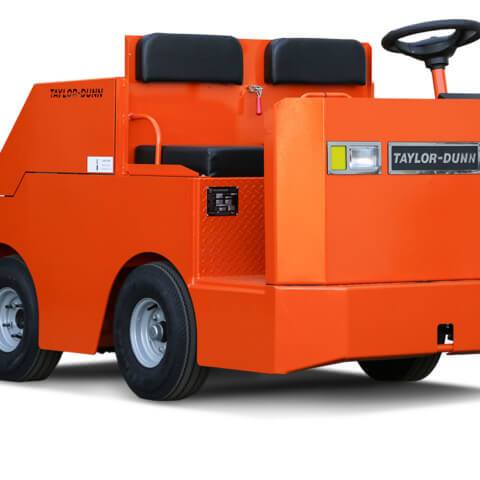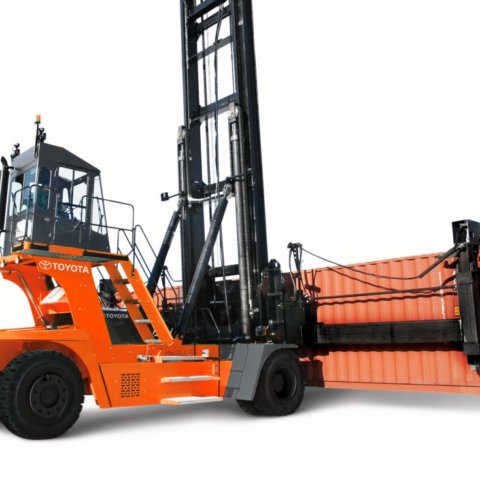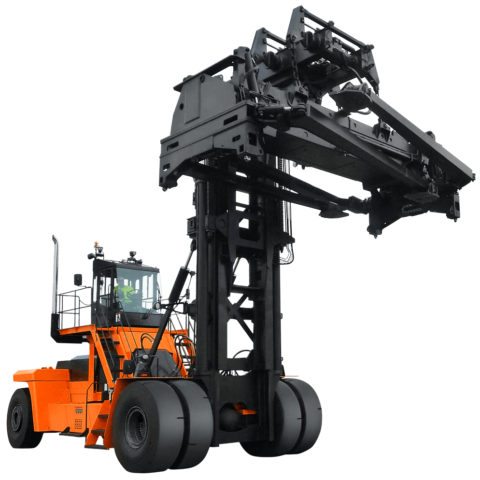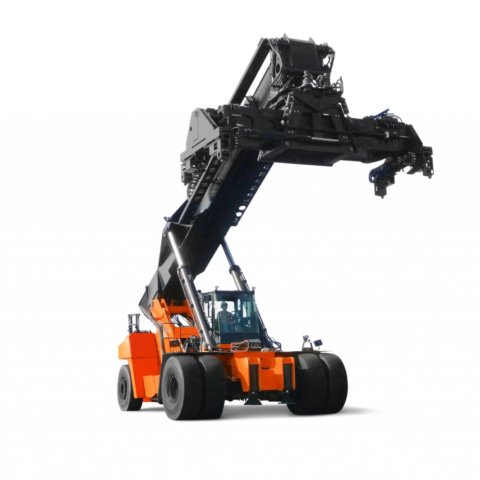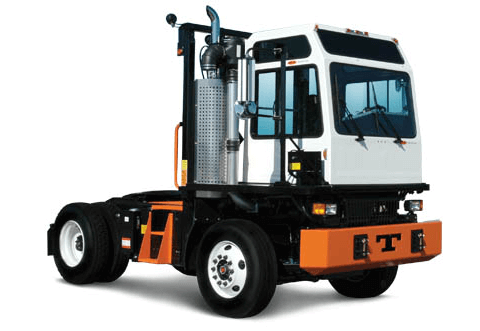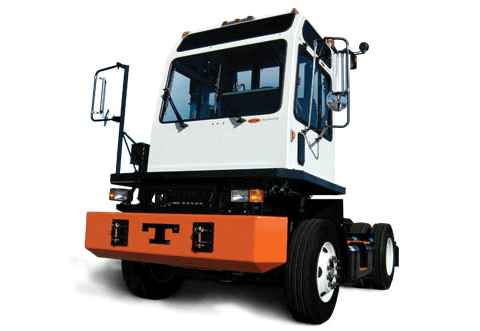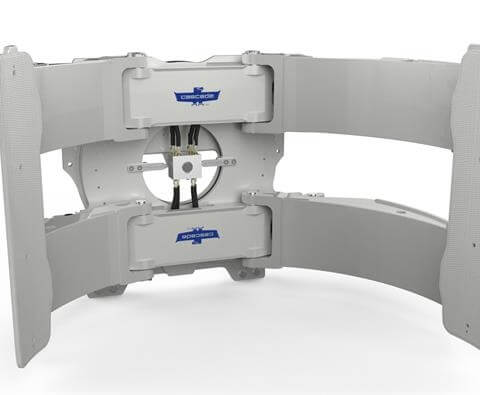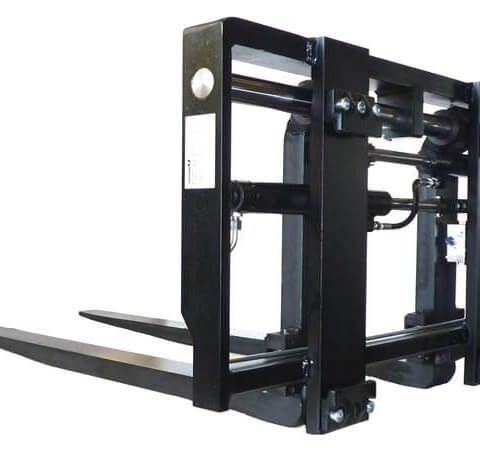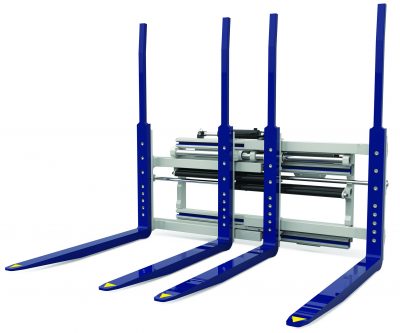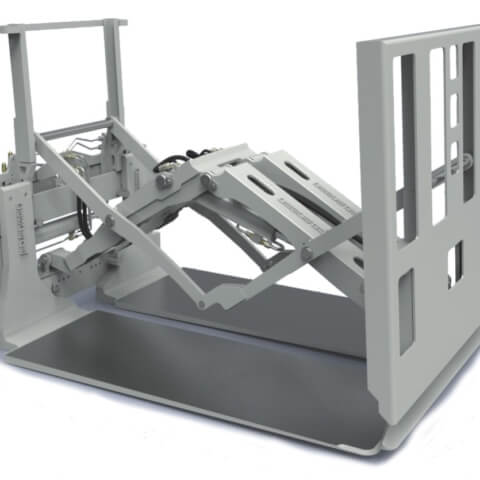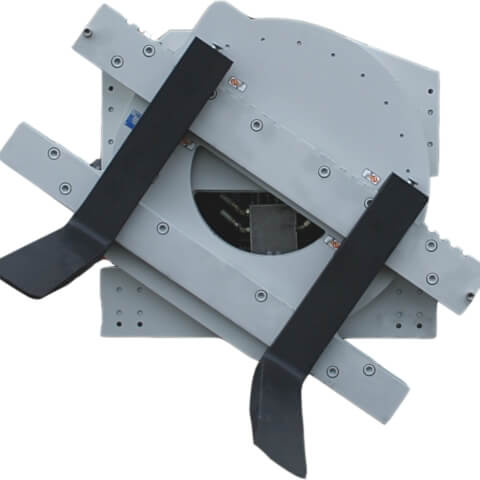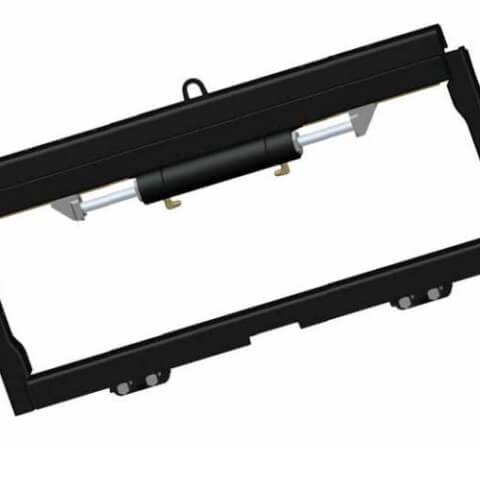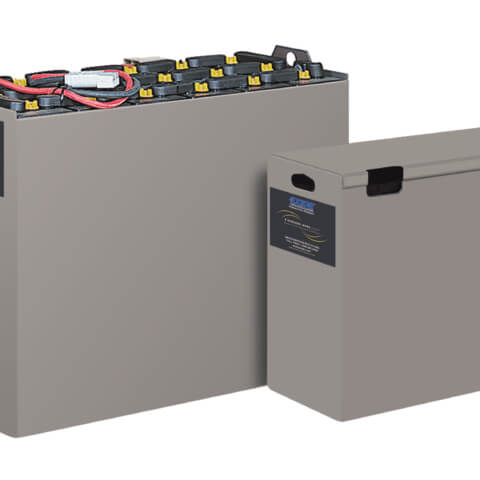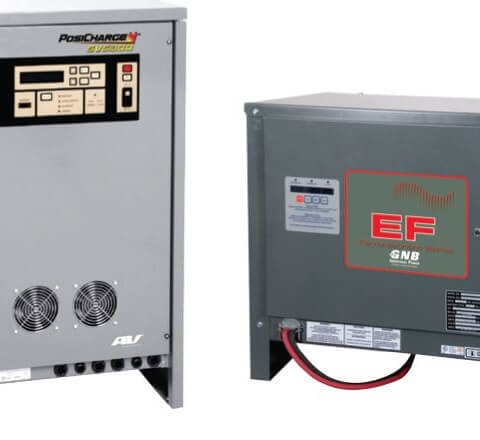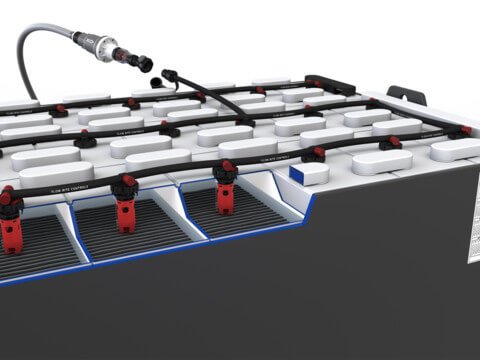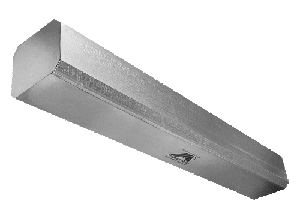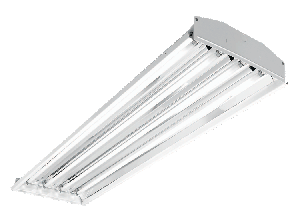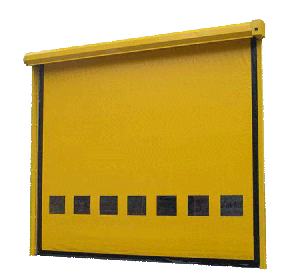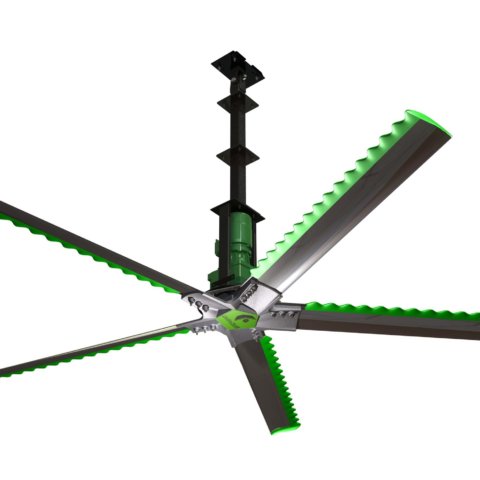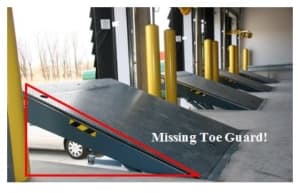
Prep for the new season with dock maintenance! Contact ProLift to schedule. SCHEDULE SERVICE
The dock area, whether one dock or several, is an important part of daily warehouse production. Because it is exposed to heavy equipment, product and seasonal weather, scheduling dock maintenance helps keep your area in safe working condition.
A top safety concern for the dock area is creating a secure environment for the forklift operator during loading and unloading. Keeping foot traffic low is also often addressed to prevent forklifts and pedestrians from coming into contact. However, poor maintenance of the dock area can contribute to an accident.
Three Dock Maintenance Issues to Address
Missing Toe Guards
Toe guards are located on the sides of a dock leveler with a purpose is to eliminate a “pinch point” for an employee’s foot as the dock leveler moves down. For older dock leveler models, the toe guard may not have been a standard feature. In other cases, the toe guard was damaged and bent, preventing the dock leveler to operate. Instead of replacing the toe guard, an employee may remove it to continue production.
Lack of Foot Step or Handle
During operation of manual dock doors, a foot step or handle should be used to open or close the door. Ropes tied to hinges or rollers will cause damage and misalignment of the door. These unapproved devices will cause strain on the person operating the door and over time, potential cause the door to become misaligned in the door opening.
Broken Dock Restraint Lights
Vehicle restraint systems, which lock the truck’s trailer into place, use a “red light – green light” system to signal when a forklift may load and unload the trailer. Broken lights create a risk for bad communication and the truck driver may drive away from the dock prematurely.
Questions about your dock equipment? ProLift recommends dock equipment planned maintenance 2-4/x annually, based on frequency of usage. Contact us today for a complimentary onsite survey!

